FAQ - Types of residential LED light sockets
Overview
Many different sockets are used around the world. The ones commonly used in home lighting are listed below.
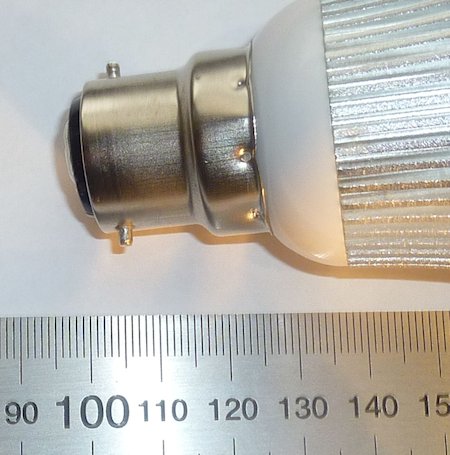
Bayonet Cap, BC
Other names: BC, BA22d, B22d, B22d-2, BC22, B22
The bayonet light bulb mount is the standard fitting in many former members of the British Empire including the United Kingdom, Australia, India, Ireland, and New Zealand. The light has a metal cap with 2 pins on opposite sides. The number 22 in the name refers to the width in millimeters of the cap's base. Bayonet fittings are available in various other sizes for automotive and other specialised uses, but only the 22mm and 15mm versions (see below) are commonly found in homes.

Small Bayonet Cap, SBC
Other names: SBC, BA15d, BA15, B15
A smaller 15mm version of the standard Bayonet fitting (see above). These are often smaller candle shaped globes commonly used in decorative light fixtures, for example chandeliers.
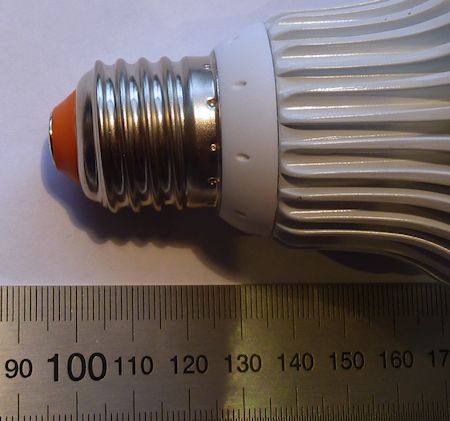
Edison Screw, ES
Other names: E27, E26
The Edison screw fitting was unsurprisingly developed by Thomas Edison. Edison invented the first light globe in 1879 & by 1900 there were no less than 15 different bulb base/socket configurations available on the market (Ref #1). However during the period of 1900 to 1905 the industry standardised on the Edison Screw. A refined version of this socket remains in use today. There are 2 versions of the 'standard' Edison screw fitting in use around the world
E26, Which is the 26mm (1 inch) version used in America with 110volt systems
E27, Which is the 27mm version used in countries with 240V systems
E26 & E27 are mostly interchangeable, the size difference is small enough that that can be used in either 26 or 27mm sockets. However if the globe's voltage level is different from what is supplied the globe will either blow up, or be very dim.
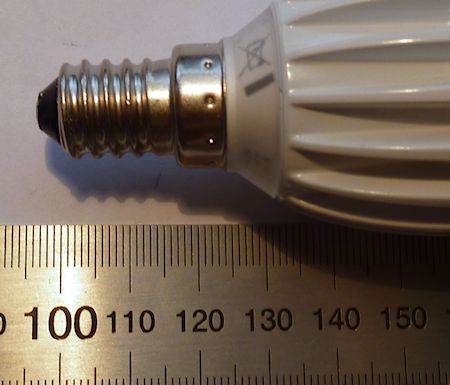
Small Edison Screw, SES
Other names: E14
A 14mm version of the Edison screw fitting. There is also a even smaller E12 version, which is know as a 'Candelabra Edison Screw' (CES)
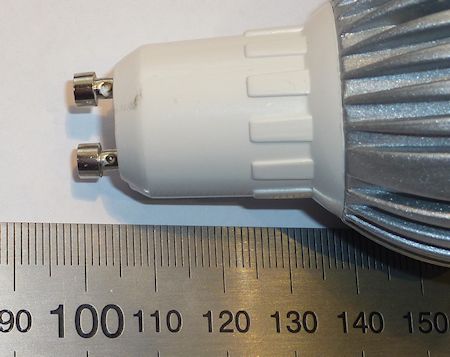
GU10
Other names: GU10 bipin socket
A 2 pin connector with the pins 10mm apart. In households main used for high voltage halogen downlights (110V or 240V). The G in the name dates to the use of Glass for the original bulbs.
Technically speaking this is a MR16 light with a GU10 base (see below). But they are almost universally referred to as a GU10 bulb.
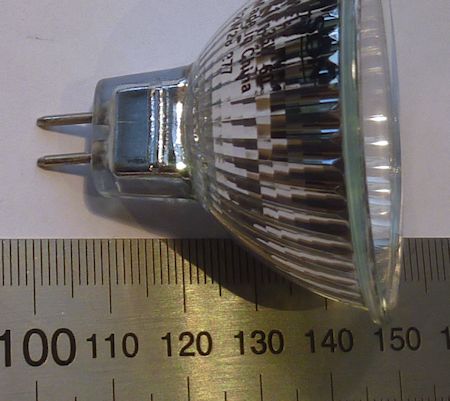
MR16
Other names: GU5.3
A 2 pin connector with the pins 5.3mm apart. In households it is mainly used for low voltage (12V) halogen downlights normally in conjunction with a transformer.
There is some confusion over the naming of these lights. MR16 actually stands for multifaceted reflector, and 16 is the diameter in eighths of an inch across the front face. So what people refer to as MR16 is actually a MR16 with a GU5.3 base.
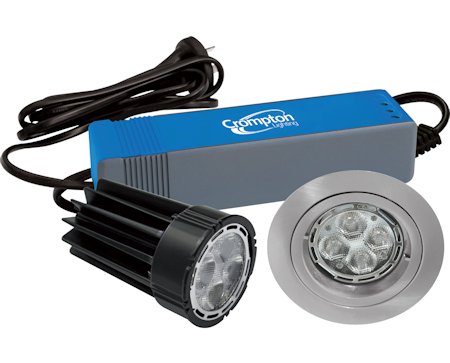
Kit
Other names: LED Downlight kit
This is not a type of socket as such. In this case the globe is sold hard wired into a specialised LED transformer (known as a LED driver).
In the case there are no electronics in the globe itself as all the power regulation is done in the driver. In the case of a fault, typically both the driver and the globe are replaced.
References
#1 - http://www.mosaicshades.com/antique2005/sockets/index.htm
Back to FAQ index